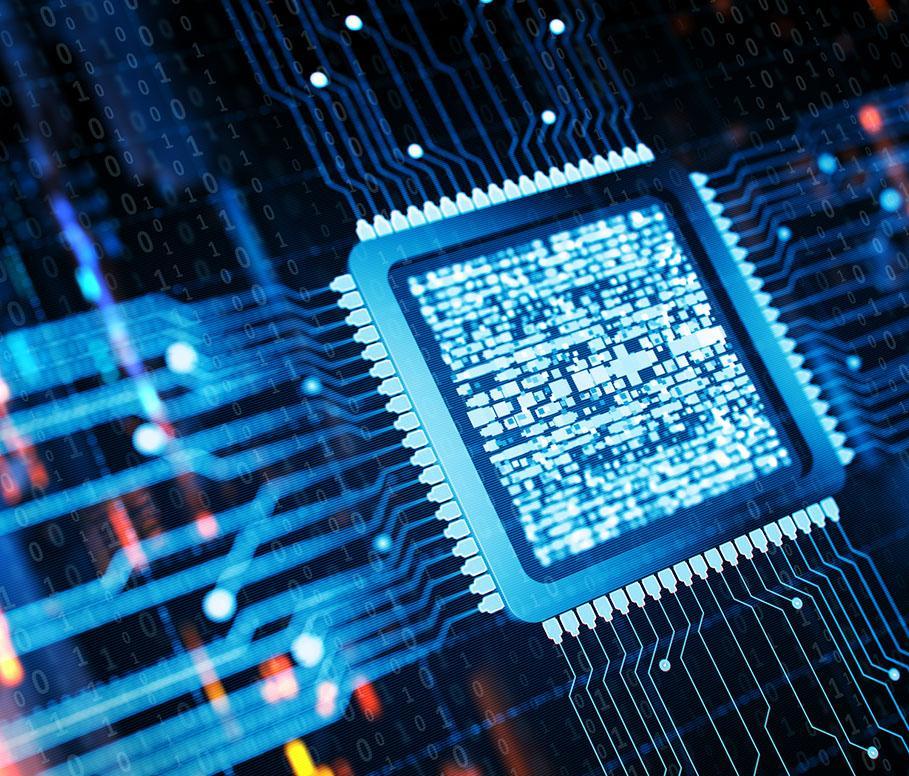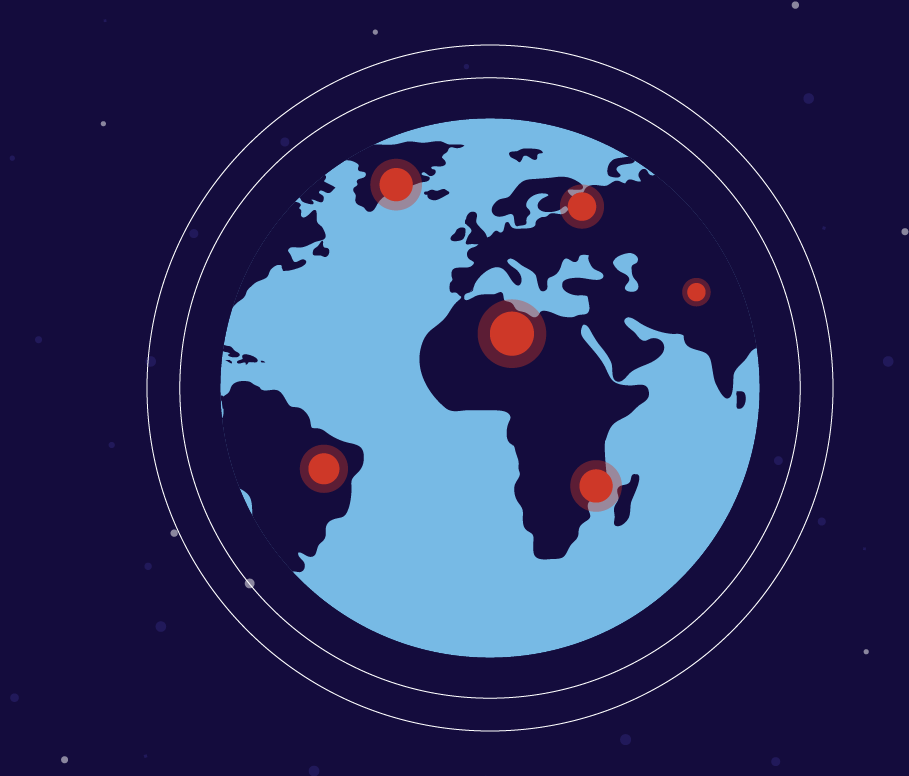Read more on this case study on the National Inventors Hall of Fame website.
Who:
Blind since age 14, Chieko Asakawa is making significant contributions to accessible technology for disabled individuals – particularly those who are blind or visually impaired. Asakawa was born in Osaka, Japan in 1958 and later went on to earn her doctorate in engineering from the University of Tokyo before joining IBM. She was named an IBM Fellow in 2009 and is the recipient of numerous awards, including – most recently – being inducted into the National Inventors Hall of Fame.
Challenge:
People with disabilities face a range of potential challenges when interacting with technology; however, equal access to technology is important to ensure that those with disabilities are not marginalized.
Solution:
Technology can offer those with disabilities innovative ways to work, socialize, and interact with the world. The internet, in particular, can enable new means of interaction and communication for the blind and visually impaired community.
To enable effective internet access and navigation capabilities to individuals who are blind or visually impaired, Asakawa invented the Home Page Reader (HPR), the first voice browser. Debuted in 1997 and made widely available by 2003, the patented HPR gives users the ability to surf the internet through their computer’s numeric keypad instead of a mouse. It also has the ability to produce speech for text, links, frames and images, and describe graphical elements as a map, allowing users to understand complex webpage layouts.
Asakawa’s expansive portfolio of work also includes a digital network of documents and books written in Braille; aDesigner, a disability simulator for web developers to mimic the experience of users who are blind or visually impaired; and NavCog, a recent joint project between IBM Research and Carnegie Mellon University to use artificial intelligence and Bluetooth Low Energy Beacons to promote indoor navigation through smartphones.
Living with a disability herself, Asakawa experiences firsthand the many barriers – and opportunities -- presented by technology today. She has been able to leverage her insight to change the lives of millions. Asakawa’s contributions to accessible technology have transformed the way individuals living with visual disabilities interact and communicate with the world around them and each other.
Without the assurances, incentives and investment provided by the intellectual property system, Asakawa’s critical contributions to the blind and visually impaired community might have been lost. Asakawa’s story is yet another positive example of innovation and progress toward improving quality of life and making the world a better place.


